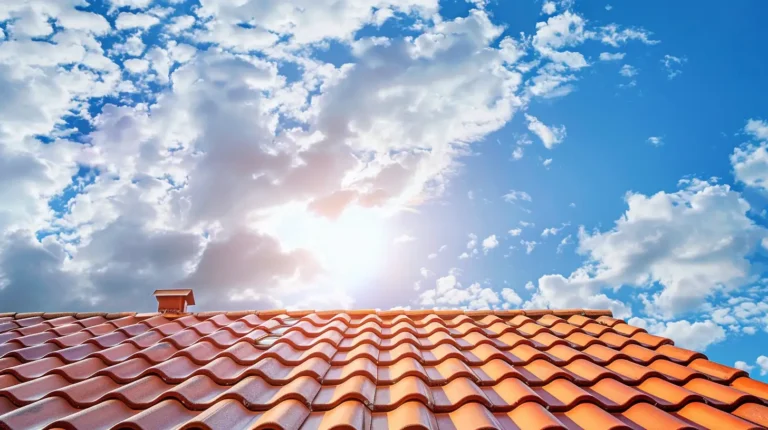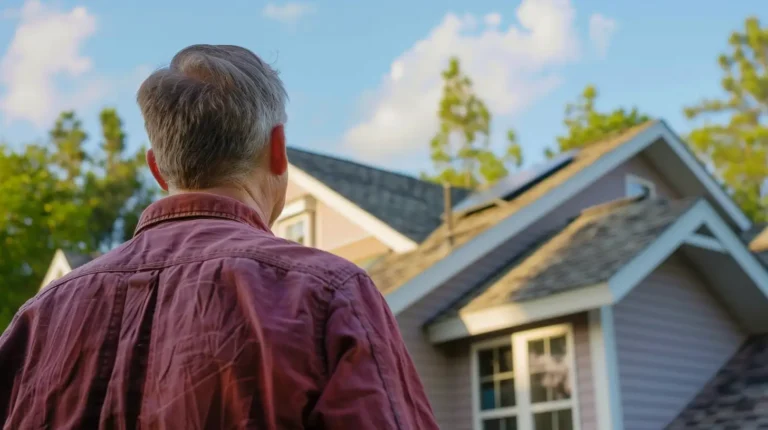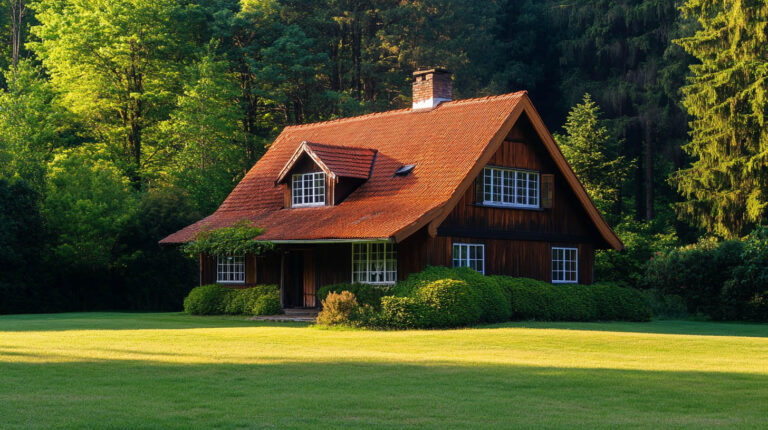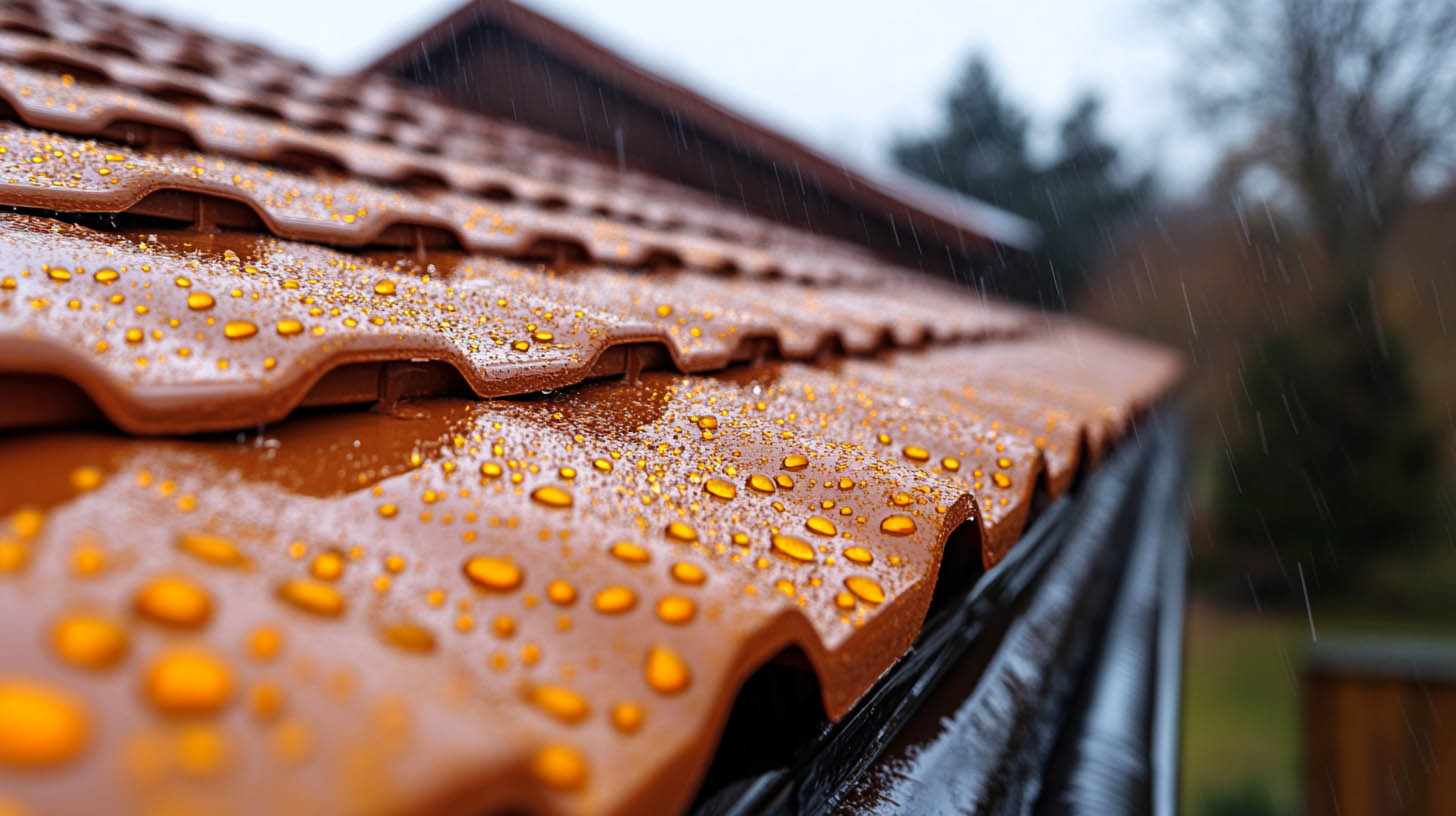
Blog
Understanding Hail Damage and Its Impact on Your Roof
Hailstorms can cause significant damage to your roof, even if the hailstones are small. Identifying and repairing hail damage quickly is crucial to preventing more extensive issues like water leaks or structural problems. At Avenue Roofing, we understand the importance of maintaining your roof’s integrity, especially after severe weather. Here’s a comprehensive guide to help you recognize and address hail damage before it becomes a major concern.
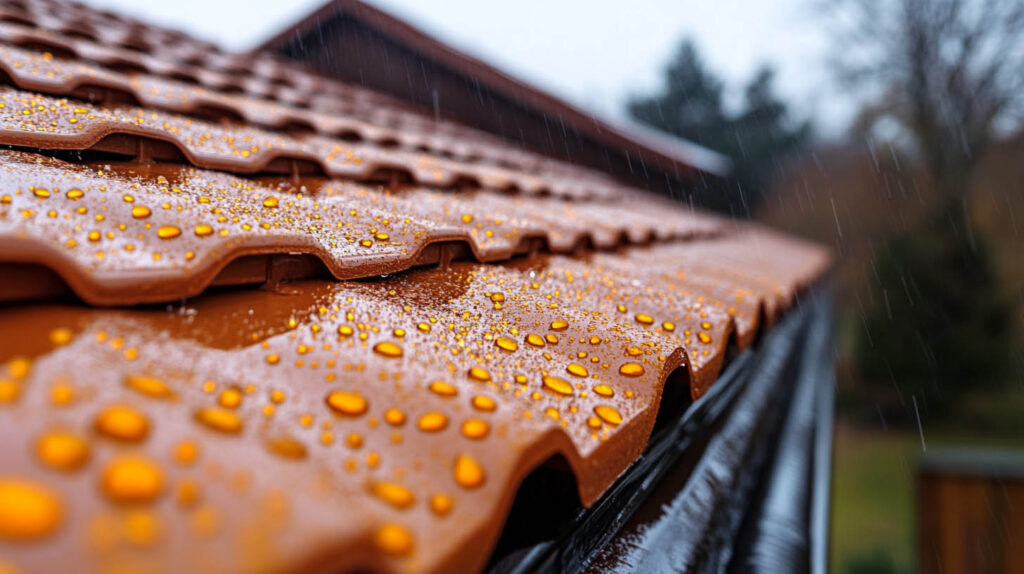
How Hail Damages Your Roof
Hail can range in size, but even smaller hailstones (three-quarters of an inch) can lead to noticeable damage over time. Larger hailstones, one inch or more, have a greater impact, potentially bruising or cracking shingles. When shingles are damaged, they lose their protective granules, exposing your roof to further weather damage.
Unique Fact: According to the National Oceanic and Atmospheric Administration (NOAA), hailstorms cause over $10 billion in damages annually in the U.S., affecting roofs more than any other part of a home.
Identifying Hail Damage
While some hail damage is easy to spot, such as broken or missing shingles, other signs are more subtle. Here’s what to look for after a hailstorm:
- Asphalt Shingles: Damage often appears as black marks, soft spots, or areas where granules have been knocked off, exposing the shingle’s underlayer. The texture of the asphalt may also feel different, and in some cases, the damaged areas may appear shiny.
- Wood Shingles: Hail can cause wood shingles to split. These splits are typically brown with sharp edges, and the shingle may also have dents or impact marks.
It’s important to note that not all roof issues following a storm are due to hail. Shingles can also become brittle and cracked due to regular wear and tear, sunlight exposure, or poor installation.
Inspecting Your Roof for Hail Damage
If you suspect hail damage, it’s essential to inspect your roof carefully. However, climbing on your roof can be dangerous, especially if it’s steep or difficult to access. Consider hiring a professional to assess the damage safely.
If you do decide to inspect your roof, here are some key areas to focus on:
- Gutters and Downspouts: Dents or debris buildup in gutters and downspouts can indicate roof damage.
- Shingles: Look for missing or damaged shingles, and check for granules in your gutters, which could indicate the roof’s protective layer has been compromised.
- Metal Surfaces: Check metal parts of the roof, such as flashing and vents, for dents or dings caused by hail.
Repairing Hail Damage
If your roof has suffered hail damage, it’s important to address it quickly. Depending on the extent of the damage, you may need minor repairs or a full roof replacement. Common repair options include:
- Replacing Individual Shingles: If only a few shingles are damaged, replacing them can restore the roof’s integrity.
- Partial Roof Replacement: In cases of significant damage, a partial reroofing may be necessary to maintain your home’s protection.
Tip: Before scheduling repairs, consult with your insurance company to determine whether your policy covers hail damage. In most cases, weather-related damage is considered an “act of God,” meaning it is covered by homeowner’s insurance.
Working With Insurance
When filing an insurance claim for hail damage, it’s essential to provide accurate documentation. Schedule a professional roof inspection to assess the extent of the damage, and submit the inspector’s report along with your claim. However, keep in mind that only a certified insurance adjuster can determine what your insurance company will cover. Be wary of roofing contractors who encourage you to file unnecessary claims, as this can result in fraudulent practices.
FAQs
1. How large does hail need to be to cause roof damage?
Hailstones as small as three-quarters of an inch can damage your roof, but the most severe damage typically occurs with hail that is one inch or larger.
2. How can I tell if hail damaged my roof?
Look for signs like black marks, soft spots, missing granules, or split shingles. You should also check your gutters and metal surfaces for dents or dings.
3. Will insurance cover hail damage repairs?
Most homeowner’s insurance policies cover hail damage, as it is considered a natural event. Be sure to document the damage and consult your insurance provider for specifics.
4. How soon should I repair hail damage?
Hail damage should be addressed as soon as possible to prevent further issues, such as leaks or structural damage.
5. Can I repair hail damage myself?
While minor damage may seem easy to fix, it’s best to hire a professional to ensure the repairs are done correctly and safely.
Conclusion
Hail can cause varying degrees of damage to your roof, from minor dents to severe structural issues. To prevent long-term problems, it’s important to inspect your roof after every storm and address any damage promptly. At Avenue Roofing, we provide expert roofing repairs and replacements to keep your home protected from future hailstorms. With our professional services, you can ensure your roof remains in top condition and withstands even the harshest weather.
To learn about the effects of severe weather on your roof, click here.
